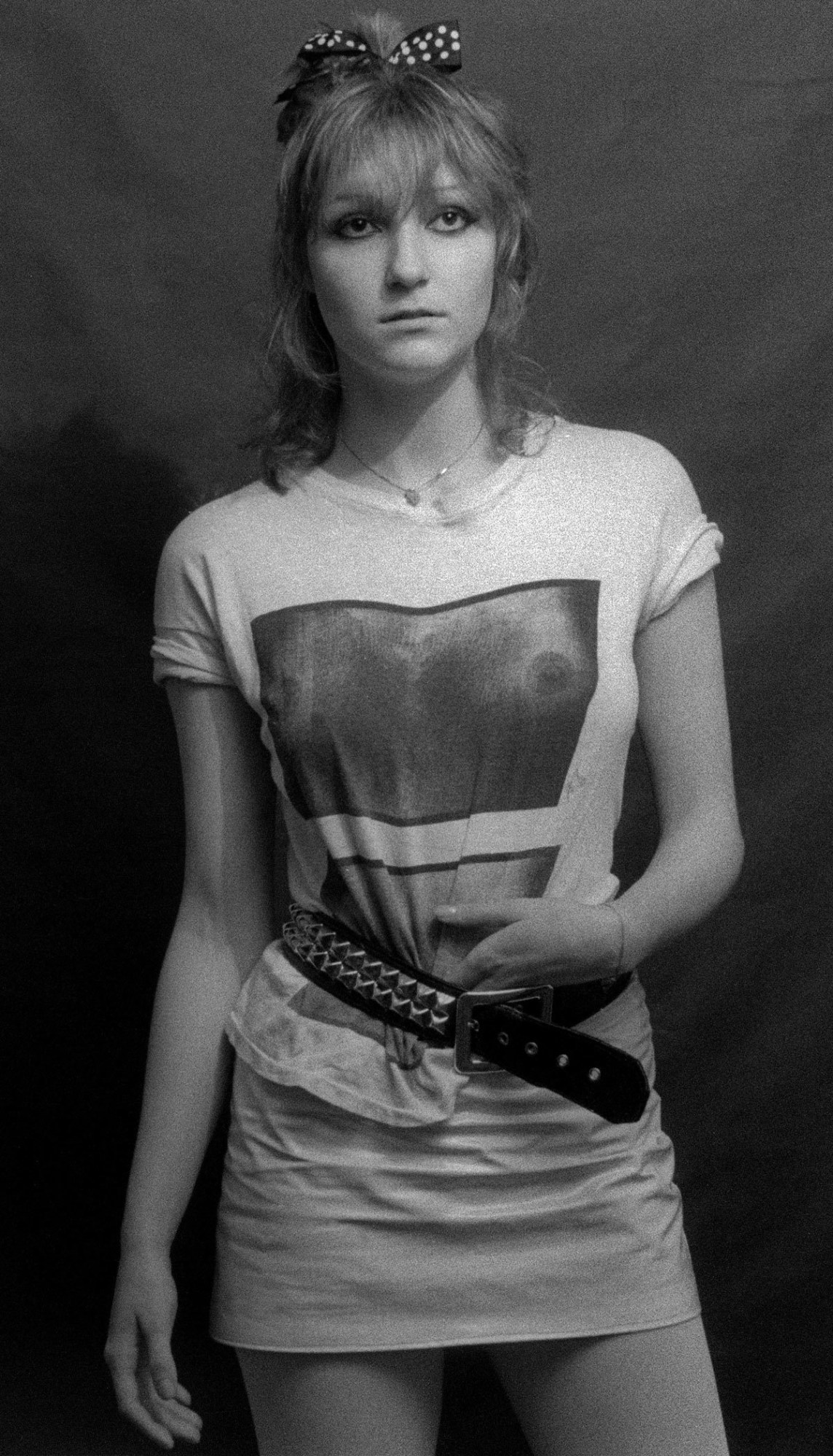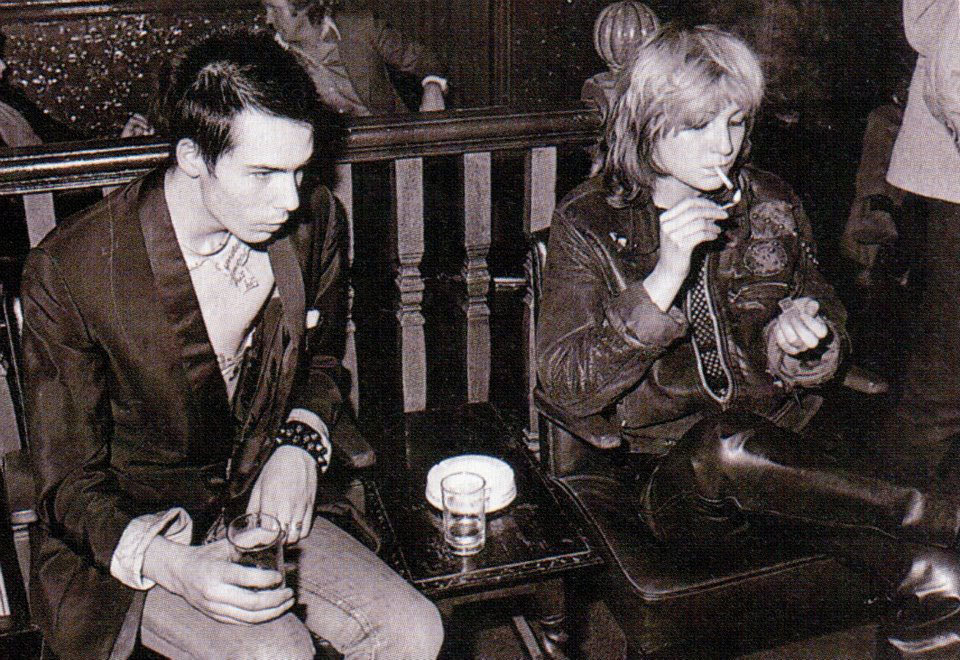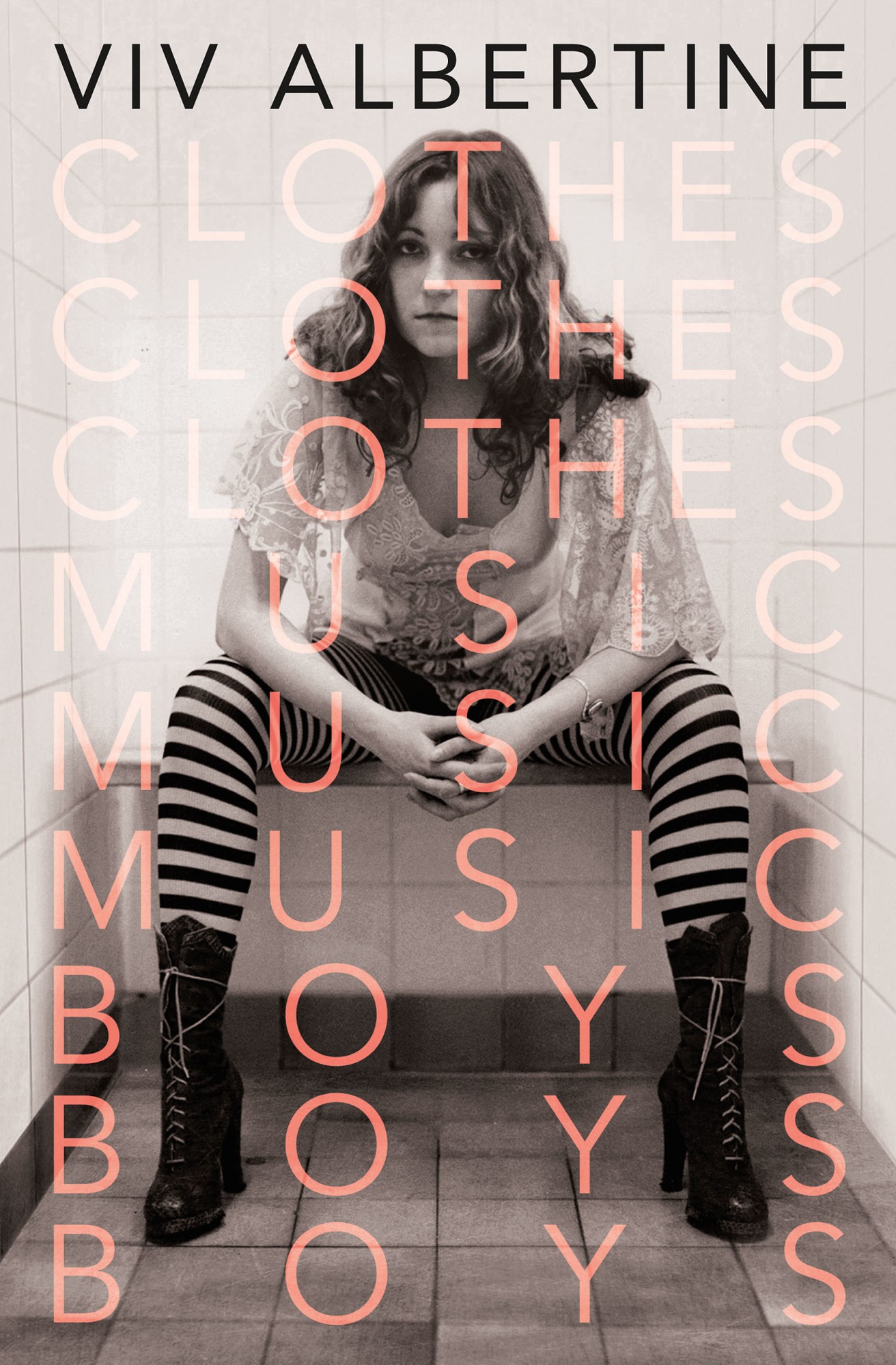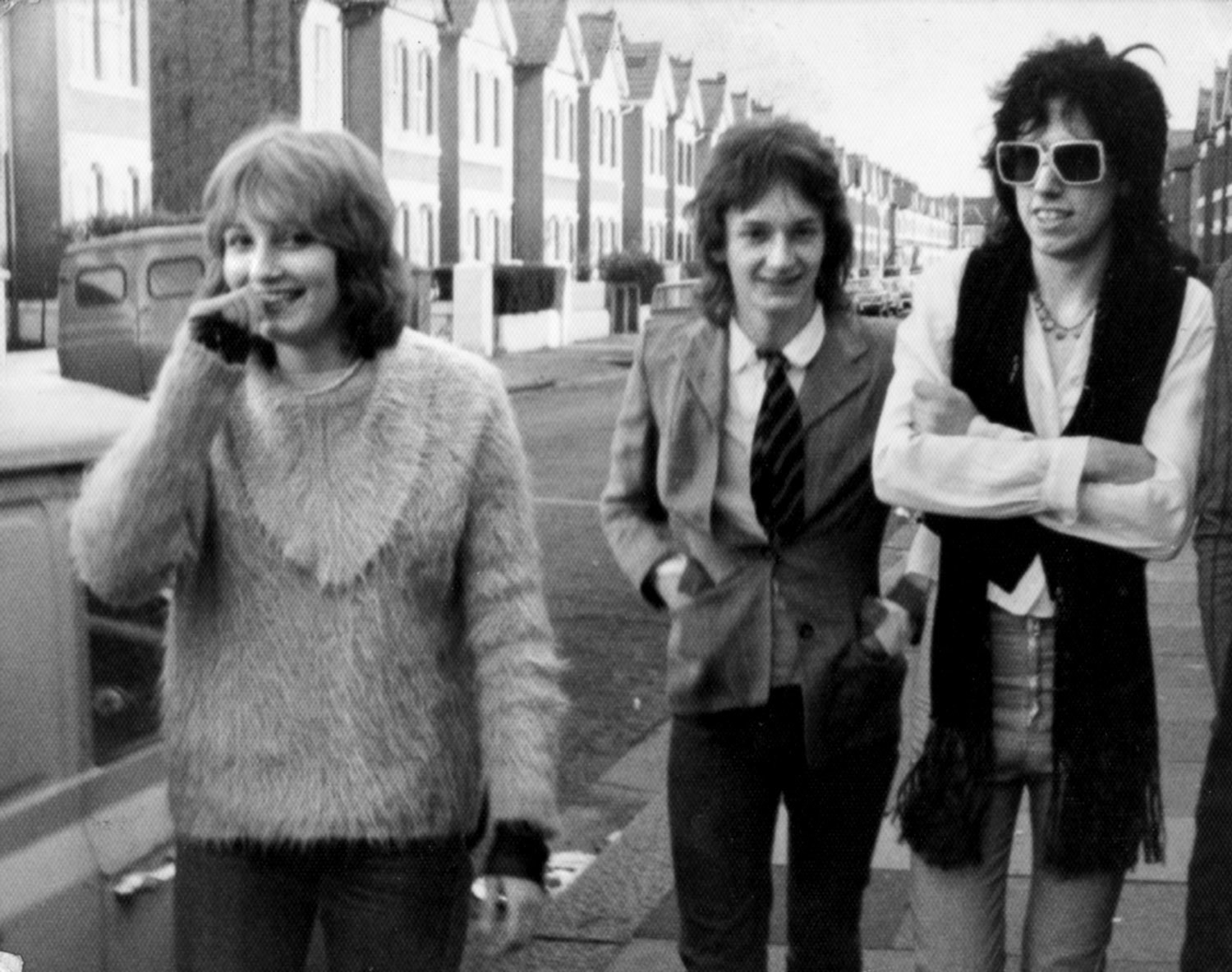Viv Albertine is more than a musician. She’s a piece of punk history and now, she’s author of a new book, Clothes, Clothes, Clothes. Music, Music, Music. Boys, Boys, Boys. Divided into two sections, the first half acts as a tell-all for tales about legends such as Sid Vicious, Johnny Rotten and The Clash, while the second half is an exploration of the pain and emotion of motherhood, marriage and surviving cancer. The book is a gripping story, as well as one of the first female perspectives to be written about the first generation punk scene. Here, Viv tells us about what it means to be a punk, what she wore and more.
What did fashion mean to you at the height of punk culture?
Fashion wasn’t a label back in the 70s. We made our own clothes because we had no money. We had one shop that we shopped at back then: Vivienne Westwood and Malcolm McLaren’s, Sex. It was a real pilgrimage to get there. You had to walk down the whole of the King’s Road, you’d be attacked if you walked down there, because the punk look was very new and there were other gangs like skinheads. I could only really afford one thing every three or four months. We’d customise clothes by cutting the sleeves off or hacking at the hem, and then we’d go to some sort of hardcore sex shop, which was the only place you could buy studded dog collars, arm bands and leather jeans. I’d mix that with the tutu I wore to ballet lessons when I was a little child and men’s work boots. The whole look was so threatening to straight men that they couldn’t bear it. I used to say, “They don’t know whether they want to fuck us or kill us.”
How did the music scene inspire what you were wearing?
Honestly, it was the other way around, because when I visited Sex, I saw Vivienne making clothes with such abandon. She didn’t care that she hadn’t been taught how to make clothes. I think it sort of permeated into my brain – that I could write songs that aren’t perfect.

What are some defining ethics of punk?
We very much wanted to tear down every preconception and every cliche that came before us. How do we feel about love, romance and relationships? Do they really exist? How does it come across in pop songs? How do you want to behave with a lover? How do you feel about sex? What about rhythms? Do we want to play a highly structured song, which was the main way of playing for the last 100 years? Or do we want to listen to ourselves and say, what kind of rhythm suits us?
Does punk exist today?
I don’t think punk needs to exist today, just like the printing press doesn’t need to exist. It’s a subtler world. The way to protest is more intelligent now. You might become a human rights lawyer or you might become an activist. How can you be a punk now? It’s simply out of time. We were not meant for nostalgia. Having said that, I sort of wrote Clothes, Clothes, Clothes. Music, Music, Music. Boys, Boys, Boys. in a way to show that you can still live by your youthful principles. I still live very much by punk ethics, but in a more grown up way.
Were there any women you looked up to when you were growing up?
Boys Boys Boys is in my title, because actually, there were no female role models in my life. I was copying boys the way you’d want to copy a girl. I copied John Lennon, I copied a bit of David Bowie. It’s such a shame and I’m so glad that now young girls have so many different role models in all different walks of life.
Was make-up or hair ever a part of your look?
Us girls were following on a bit from hippie girls and the natural thing was more normal. You’d never have a manicure or pedicure. We were completely ungroomed. There was a great freedom in that – we didn’t have to have our hands looking nice, our feet looking nice or our legs waxed. We all had pubic hair and even hair under our arms.


What’s your favorite part of your book?
What’s interesting to me is the second part, which is about a really deep, emotional, physical struggle to create, survive and to live. It was very hard to write because I knew I was exposing myself so much, and that’s another sort of punk ethic. You don’t do anything unless you go all the way with it.
What was the most difficult part for you to write?
Strangely, the most difficult part was about The Slits. I kept putting it off. It was bottled up in me. I felt I had a bit of responsibility to the other girls in the band and I had a responsibility to history, to get it right.
What’s your ideal look today?
An Yves Saint Laurent leather classic jacket, black skinny jeans, a really expensive pair of boots – Prada, Gucci or Haider Ackermann – quite high, cube heels, pointy and a really nice shirt, maybe a bit see-through or patterned from Dries van Noten with a good haircut, a really expensive bra and cheap knickers.

Credits
Text Kristen Bateman
Images courtesy Viv Albertine
